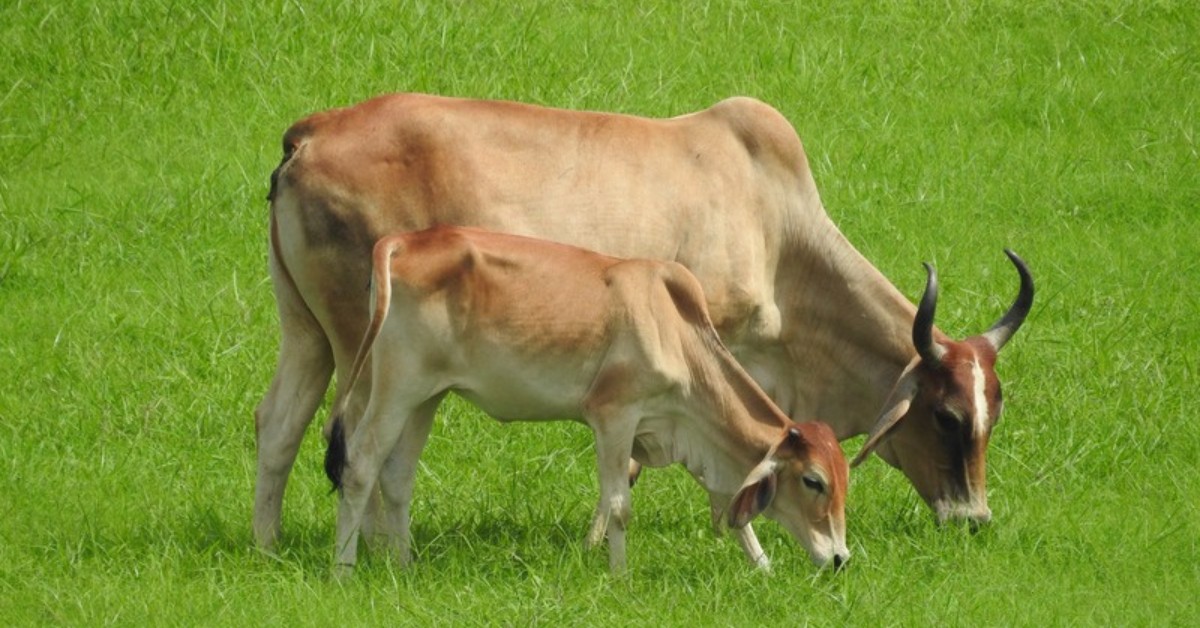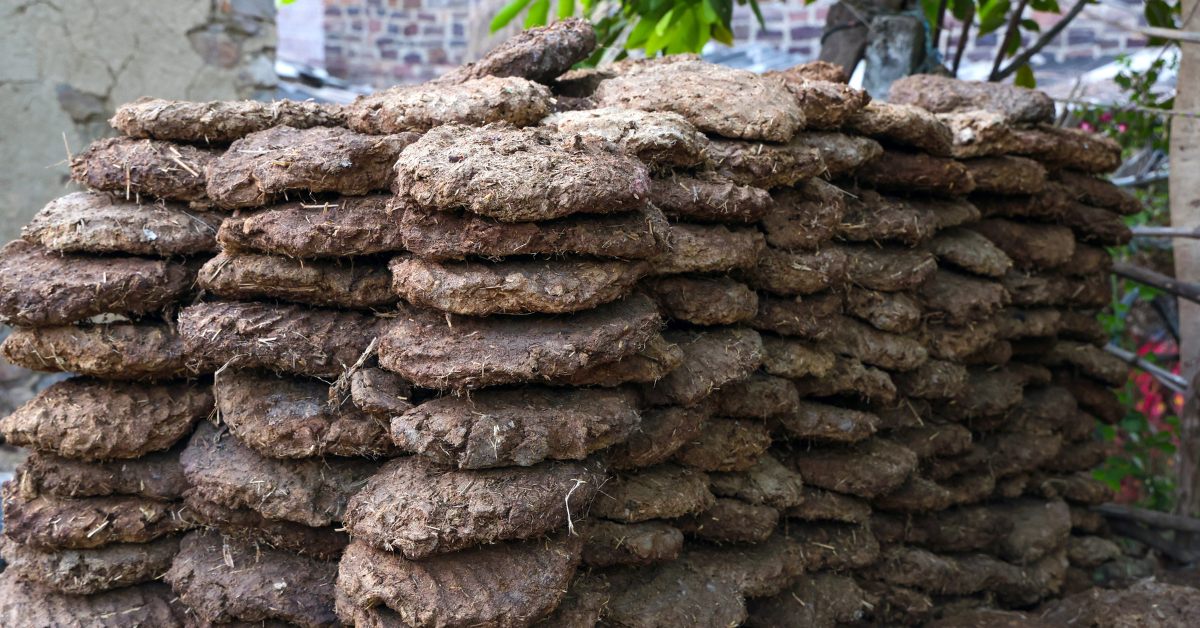This Goan Farmer Has Cared for His Cows Every Day for 45 Years To Keep His Family’s 100-Year Legacy Alive
Krishna Kerkar, a resident of Aldona, has spent the last 45 years of his life farming and rearing cows — a tradition that runs deep in his family for over a century. “My father was in this line for more than 60 years, and I have continued it,” he says with quiet pride.
In earlier days, their family owned many bulls, but that number has dwindled over the years. The biggest challenge, Krishna says, is the rising cost of fodder. “It has become difficult to afford, with prices rising from Rs 1,500 to Rs 1,800. For people like us, it’s beyond reach.”
After completing his SSC, Krishna joined ITI in Karaswada, Mapusa, in hopes of finding a better job and building a more secure career. He worked elsewhere for three years and even got called for a government job interview, but nothing worked out.
“I tried political influence from every possible person, but no one helped me,” he recalls. Disheartened, he eventually gave up on that path and turned fully to fieldwork to support his family. “I’ve been doing it since childhood, and now my entire family supports me — my wife and children work alongside me in the field.”
Though he manages to run his household, Krishna admits that saving money is impossible. His day starts at 6 am — he collects cow dung with his wife’s help, feeds the cows, and milks them. At 9 am, he takes them out for grazing and brings them back by noon. In the afternoon, they are milked again at 3:30 pm and taken out for a second round of grazing at 5 pm.
 Krishna Kerkar has spent 45 years rearing cows in Aldona, Goa. (Representational image courtesy Shutterstock)
Krishna Kerkar has spent 45 years rearing cows in Aldona, Goa. (Representational image courtesy Shutterstock)
“Even if there’s a function or wedding to attend, I make sure to return before 4 pm to take the cows for grazing. I follow this routine strictly because I care deeply for them. They are like family to me. When I call them from the field, they understand and walk back home on their own.”
Despite the routine and dedication, Krishna acknowledges that the work takes a toll. A fall in recent years left him with persistent back pain, making it difficult to lift heavy objects or bend for long. His daughters now help him with cleaning work, but even with their assistance, continuing this work is becoming harder.
“In today’s times, there is very little profit in rearing cows. The work is tough and full of challenges—you have to be present at all times, give them food, bathe them, take them grazing, and milk them. It requires true dedication and affection.”
Krishna spends close to Rs 20,000 every month on fodder from Sattari, and sometimes, the machine-cut fodder spoils in the rain, he says.
Krishna is saddened by the fact that the younger generation has little interest in this kind of work. “They prefer office jobs, especially since they’ve had access to higher education. They’ve seen us working hard in the sun and rain, and they don’t want that life. And the truth is — no matter how hard you work in the fields, there’s nothing left to save at the end of the day. That makes it even harder to convince anyone to continue this work.”
Still, he believes fieldwork keeps a person healthy. “Earlier, when we didn’t have pumps, we used ropes to draw water from wells—it was hard work but good for the heart and overall health.”
Despite the challenges, Krishna says he is truly content. “These cows are not just animals to me — they are like family. My life now revolves around them. It amazes me how deeply they understand and respond to me. Not a single day goes by without seeing them — and honestly, they are the ones who make my day complete.”
Krishna hopes that more people will see the value in traditional farming and cow rearing before it disappears altogether.
Forgotten resource: The fall of a rural staple
Thanks to his cows, Krishna has an endless supply of cow dung – a resource he says is very precious. During the rainy season, it is stored in the shed, while in other seasons, it is dried and used as manure in the fields. “In the old days, we used to dry over a thousand cow dung cakes and sell them. Before LPG became accessible, cow dung was used as fuel. It has many benefits—even today, it enriches the soil in fields and flower pots.”
 Most cow dung is now used as manure in Krishna’s own fields. (Representational image courtesy Shutterstock)
Most cow dung is now used as manure in Krishna’s own fields. (Representational image courtesy Shutterstock)
He recalls a time when dried cow dung cakes sold for just 25 paise each, and the demand was high. “People would preserve it and use it during the monsoon as firewood. But sadly, those days are gone. Today, we hardly make 200 to 500 cow dung cakes, and we use most of it ourselves. There is almost no demand anymore.”
Cow dung, he says, is still an excellent organic fertiliser. “Some of it we shape into cakes, and occasionally, a few people come and take it for other purposes. But nowadays, most people prefer chemical fertilisers, which, in the long run, spoil the soil.”
“People used it to coat the floors to keep them cool and clean. But now, with modern houses and expensive tiles, that tradition has been completely forgotten.”
News